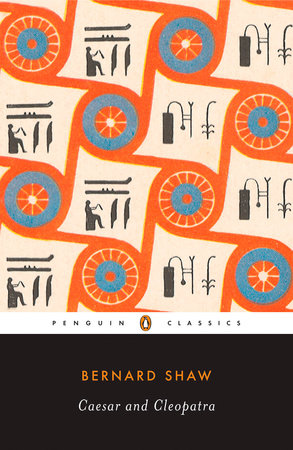

Introductory Lectures on Aesthetics
By Georg Wilhelm Friedrich Hegel
Introduction by Michael Inwood
Edited by Michael Inwood
Translated by Bernard Bosanquet
Commentaries by Michael Inwood
By Georg Wilhelm Friedrich Hegel
Introduction by Michael Inwood
Edited by Michael Inwood
Translated by Bernard Bosanquet
Commentaries by Michael Inwood
Category: Philosophy | Classic Nonfiction | Art | Essays & Literary Collections

-
$18.00
Jan 04, 1994 | ISBN 9780140433357
Buy the Paperback:
YOU MAY ALSO LIKE

On to the Alamo

Selected Essays

Utilitarianism and Other Essays

The Most Beautiful House in the World

The Essays

Natural Grace

A Terrible Love of War

Caesar and Cleopatra

The African American Writer’s Handbook
Table Of Contents
Introductory Lectures on AestheticsIntroduction
A Note on the Translation and Commentary
INTRODUCTORY LECTURES ON AESTHETICS
Chapter I: The Range of Aesthetic Defined, and Some Objections against the Philosophy of Art Refuted
[α Aesthetic confined to Beauty of Art
β Does Art merit Scientific Treatment?
γ Is Scientific Treatment appropriate to Art?
δ Answer to β
ε Answer to γ]
Chapter II: Methods of Science Applicable to Beauty and Art
[1. Empirical Method – Art-scholarship
(a) Its Range
(b) It generates Rules and Theories
(c) The Rights of Genius
2. Abstract Reflection
3. The Philosophical Conception of Artistic Beauty, general notion of]
Chapter III: The Conception of Artistic Beauty
Part I – The Work of Art as Made and as Sensuous
1. Work of Art as Product of Human Activity
[(a) Conscious Production by Rule
(b) Artistic Inspiration
(c) Dignity of Production by Man
(d) Man’s Need to produce Works of Art]
2. Work of Art as addressed to Man’s Sense
[(a) Object of Art – Pleasant Feeling?
(b) Feeling of Beauty – Taste
(c) Art-scholarship
(d) Profounder Consequences of Sensuous Nature of Art
(α) Relations of the Sensuous to the Mind
(αα) Desire
(ββ) Theory
(γγ) Sensuous as Symbol of Spiritual
(β) The Sensuous Element, how Present in the Artist
(γ) The Content of Art Sensuous]
Part II – The End of Art
3. [The Interest or End of Art
(a) Imitation of Nature?
(α) Mere Repetition of Nature is –
(αα) Superfluous
(ββ) Imperfect
(γγ) Amusing Merely as Sleight of Hand
(β) What is Good to Imitate?
(γ) Some Arts cannot be called Imitative
(b) Humani nihil – ?
(c) Mitigation of the Passions?
(α) How Art mitigates the Passions
(β) How Art purifies the Passions
(αα) It must have a Worthy Content
(ββ) But ought not to be Didactic
(γγ) Nor explicitly addressed to a Moral Purpose
(d) Art has its own Purpose as Revelation of Truth]
Chapter IV: Historical Deducation of the True Idea of Art in Modern Philosophy
1. Kant
[(a) Pleasure in Beauty not Appetitive
(b) Pleasure in Beauty Universal
(c) The Beautiful in its Teleological Aspect
(d) Delight in the Beautiful necessary though felt]
2. Schiller, Winckelmann, Schelling
3. The Irony
Chapter V: Division of the Subject
[1. The Condition of Artistic Presentation is the Correspondence of Matter and Plastic Form
2. Part I – The Ideal
3. Part II – The Types of Art
(α) Symbolic Art
(β) Classical Art
(γ) Romantic Art
4. Part III – The Several Arts
(α) Architecture
(β) Sculpture
(γ) Romantic Art, comprising
(i) Painting
(ii) Music
(iii) Poetry
5. Conclusion]
Commentary
21 Books You’ve Been Meaning to Read
Just for joining you’ll get personalized recommendations on your dashboard daily and features only for members.
Find Out More Join Now Sign In









